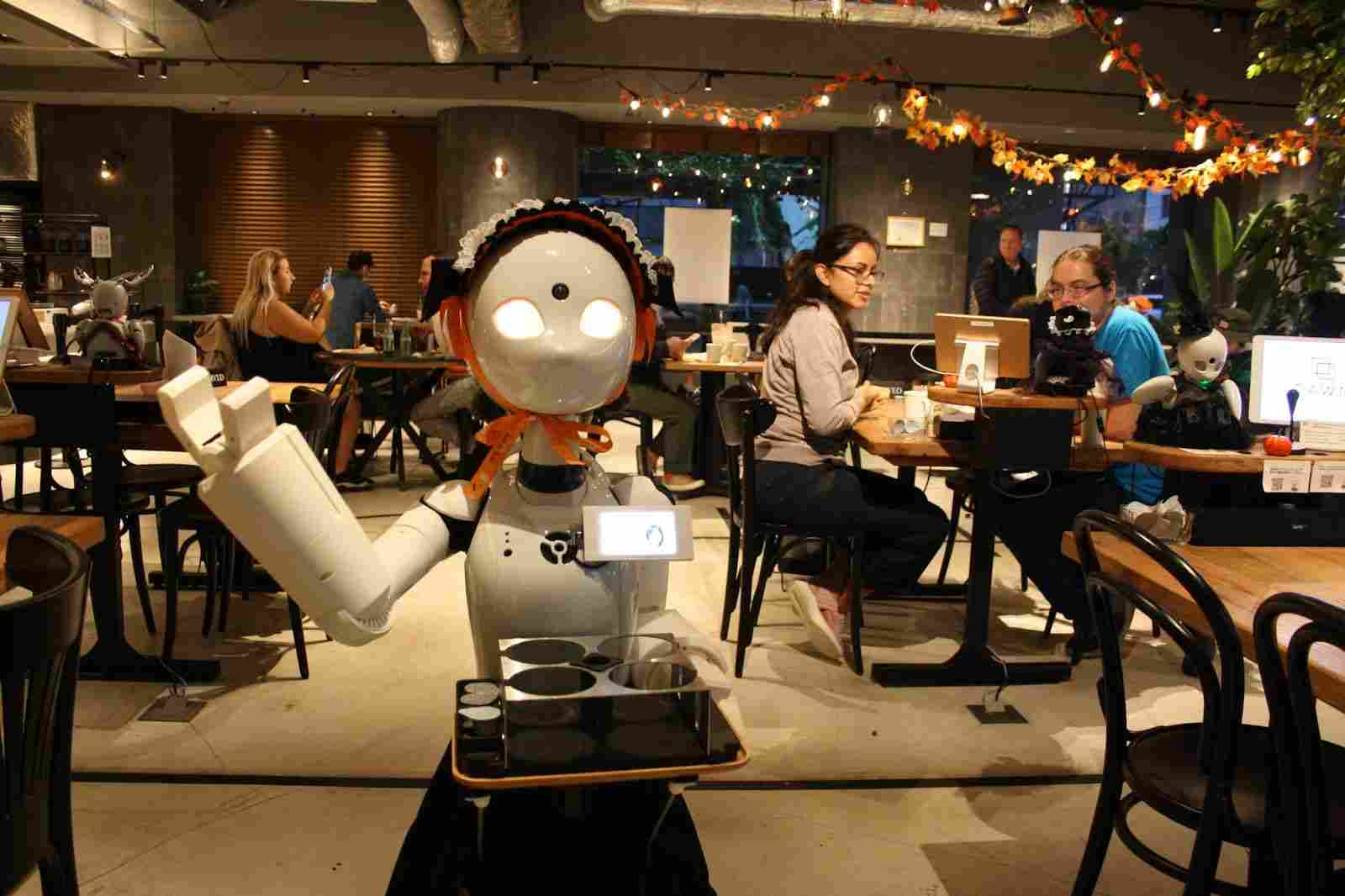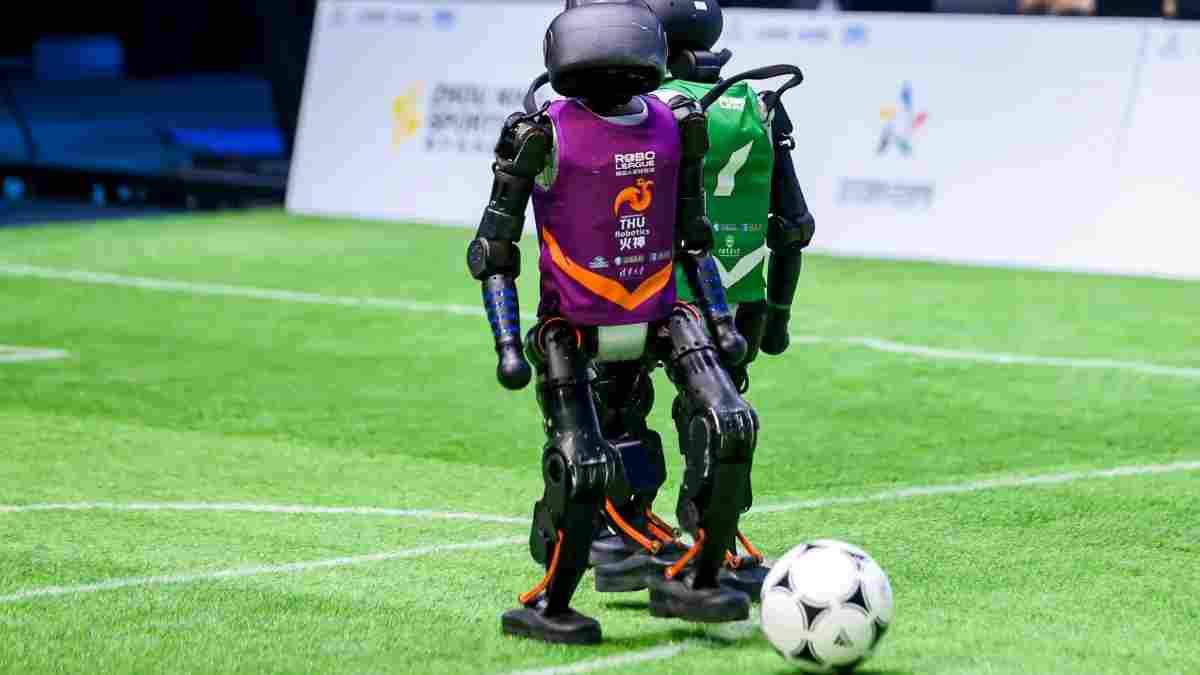
Beijing, China (Enmaeya News) — Scientists in China say they have created the world’s first humanoid robot with an artificial uterus capable of simulating a complete pregnancy, a development that is already generating both excitement and controversy.
The project is led by Dr. Zhang Qifeng, founder of Kaiwa Technology in Guangzhou and a Ph.D. graduate from Nanyang Technological University in Singapore. Zhang said the technology has already reached a “mature stage” and that a prototype could be sold as early as next year for about $13,000 (100,000 yuan).
How the Technology Works
The robot is designed to mimic the entire pregnancy process, from conception to birth. A fertilized egg would, in principle, be implanted in an artificial womb located in the robot’s abdomen. The fetus would then develop inside a synthetic amniotic fluid environment for 40 weeks, receiving nutrients through a tube that mimics the way a mother’s body nourishes her baby.
Artificial intelligence would monitor the process, tracking the fetus’ growth and health until delivery.
“Now it needs to be implanted in the robot’s abdomen so that a real person and the robot can interact to achieve pregnancy, allowing the fetus to grow inside,” Zhang said.
However, experts note that critical details are still missing. How fertilization and implantation would actually be carried out remains unclear, raising questions about the feasibility of the project.
A Precedent in the United States
The concept of an artificial womb is not entirely new. In 2017, researchers in Philadelphia introduced the Biobag, a device designed as a sterile polyethylene sac that serves as an incubator for extremely premature babies. The Biobag, which functions much like a kangaroo pouch, successfully allowed premature lambs to develop for weeks.
While the Biobag was limited to sustaining already viable life, the humanoid robot project goes much further by attempting to manage the entire pregnancy process from conception to birth.
Infertility and Demand in China
The innovation comes as China faces a rising infertility crisis. According to Chinese media reports, infertility rates have increased from 11.9% in 2007 to nearly 20% in 2020. For millions of couples who struggle to conceive, technology that could bypass the need for a biological pregnancy represents a significant hope.
Zhang has already been in discussions with Guangdong provincial authorities to prepare draft policies and legislation that would regulate the technology should it move forward.
Ethical Concerns
Even with its potential medical applications, the project has already prompted an outpouring of concern from ethicists, medical professionals and the public. Critics argue that complex biological processes — including maternal hormone secretion, the transfer of antibodies, and the psychosocial environment created during pregnancy — cannot be replicated by science.
Some warn of deeper societal implications. Feminist writer Andrea Dworkin previously cautioned that artificial womb technology could result in “the end of women.” In 2022, researchers at The Children’s Hospital of Philadelphia also warned that the technology might “pathologize” pregnancy, turning a natural human process into a clinical one.
Others raise questions about the child’s well-being. Would babies gestated in machines experience the same emotional development as those carried by mothers? What rights would they have? And where would eggs for such pregnancies come from?
Between Promise and Peril
Supporters argue that artificial wombs could reduce the physical risks of pregnancy, provide an alternative for infertile couples, and open new possibilities for reproductive medicine. But critics view the technology as a threat to traditional notions of motherhood and family.
Social media in China and abroad reflects the divide. Some users celebrate the technology as a breakthrough that could bring joy to childless couples, while others express unease, describing the idea as “creepy” and warning of a dystopian future where human reproduction is outsourced to machines.
For now, the humanoid robot remains in an experimental phase, but its development highlights an emerging debate at the intersection of science and ethics.
Whether embraced as a medical advance or condemned as a societal risk, the project underscores the profound question of how far technology should be allowed to go in reshaping human life.






